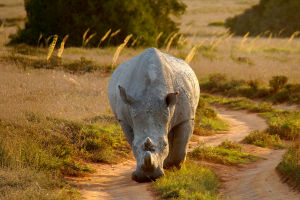Cats vs Dogs
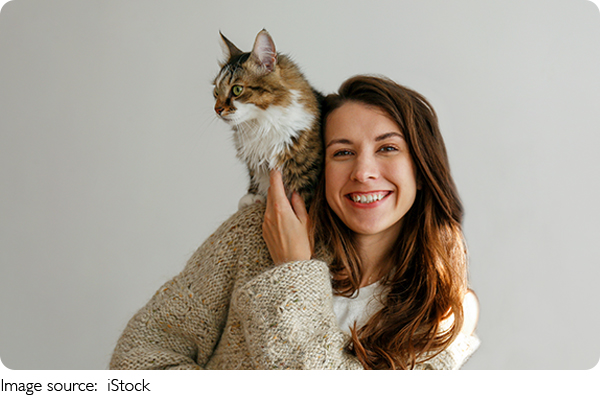
Lykkers, have you ever felt like your cat simply doesn't care you came home, while your dog acts like you returned from a great adventure? You're not alone. Many of us think cats are colder or less affectionate than dogs.
But are they really? Or are we just reading them wrong?
Dogs Wear Their Hearts Out
Dogs are emotional open books. They jump, wag, whimper, and spin with excitement. If dogs played poker, they'd be terrible at it—every feeling is written all over their tails and faces. It's easy for us to feel close to dogs because they make their love so obvious.
Cats Speak in Whispers
Cats, on the other hand, are quiet communicators. They talk with tiny tail flicks, ear twitches, and subtle purrs. A soft purr usually means they're happy, but not always. A curled tail can say “hello,” or “leave me alone.” So unless we learn their silent language, we may think they're distant.
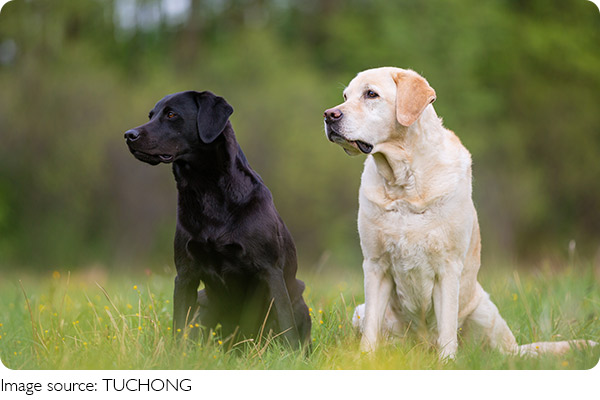
The Big Difference: How We Met
To understand why cats seem more aloof, we need to look at their history with us. Dogs were invited into our homes thousands of years ago to help us hunt and guard. We fed them, they protected us—it was a teamwork thing from day one.
Cats? They kind of invited themselves. Around 10,000 years ago in the Middle East, cats started hanging around villages to hunt mice hiding in our food storage. People tolerated them because they helped. Cats didn't rely on us; they worked around us. That independent spirit still lives in our house cats today.
Cats Are Lone Wolves—Sort Of
Dogs evolved from wolves, which live in packs. But cats come from the African wildcat, a solitary creature that only seeks company during mating season. That's why today's cats are the only non-social animals humans have ever successfully kept as companions.
We Might Be Misreading the Signals
Because we're used to social pets like dogs, we expect cats to act the same way. But cats don't wag their tails or lick faces. When they ignore us or stare without blinking, we might think they don't care. In reality, they're often just being themselves.
Veterinarians say cats are misunderstood. Their quiet independence can feel like coldness, but that's just how they're wired. They're not ignoring us—they're simply expressing love in ways we didn't grow up learning.
Socialization Starts Early
Here's an interesting fact: whether a cat becomes cuddly or keeps its distance often depends on how it was treated as a kitten. If a cat had positive human contact between 6 to 8 weeks old, it's more likely to trust people later on.
This is why some stray cats might hiss and hide, while others, raised in loving homes, become lap warmers.

Cat “Villages” Show a Softer Side
Not all cats are loners, though. In some Mediterranean and Japanese towns, communities care for large groups of stray cats. These “cat villages” prove that under the right conditions, even independent felines can enjoy a social life—with humans and other cats.
The Science of Cat Affection
Scientists have found that when cats rub up against us, they're not just marking territory. They're mixing our scents with theirs, creating a “shared smell” to identify us as family. They don't just tolerate us—they're actually bonding in their own quiet way.
Reading a Cat's Eyes
Dogs have special eye muscles that let them raise their inner brows, making puppy eyes that melt us. Cats don't have those muscles, which is why they often look indifferent or even mad. But there's one powerful move they do have: the slow blink. If your cat looks at you and slowly closes its eyes, it's basically blowing you a kiss.
Cats Love You—In Their Way
In a study from Oregon State University, cats and dogs were placed alone in a room. When their owners came back, both cats and dogs greeted them, then wandered off to explore. The key? Both species showed that they felt safe and bonded with their humans.
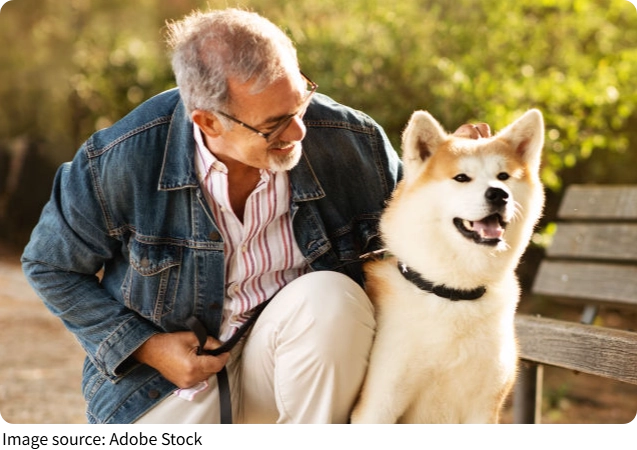
We Expect Too Much
Let's be honest—sometimes we expect cats to act like dogs. When they don't wag tails or greet us at the door, we feel rejected. But that's not fair. We wouldn't expect a goldfish to fetch or a parrot to purr, right?
Build a Bond, Cat-Style
Want a better relationship with your cat? Start with the basics. Make sure they have fresh food, clean water, a cozy bed, and a tidy litter box. Once their needs are met, they're more likely to relax—and start connecting.
Watch how they move. Are they stretching out near you? Slow blinking? Rubbing against your leg? That's cat for “I trust you.”
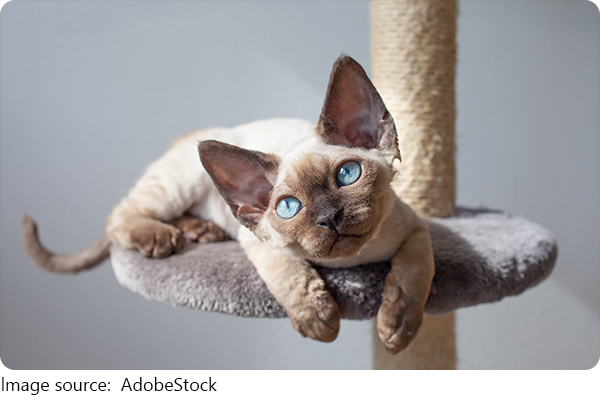
Final Thoughts for Lykkers
So Lykkers, next time your cat doesn't jump for joy when you walk in, don't take it personally. You might be getting a slow blink or a quiet tail flick—and that's their version of a warm hug. We just need to learn how to see it.
Do you have a cat that acts more like a dog—or a dog that acts like a cat? Tell us your pet stories. We'd love to hear them!


